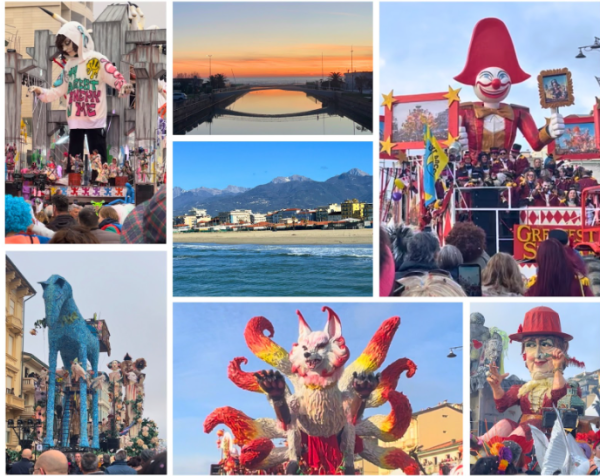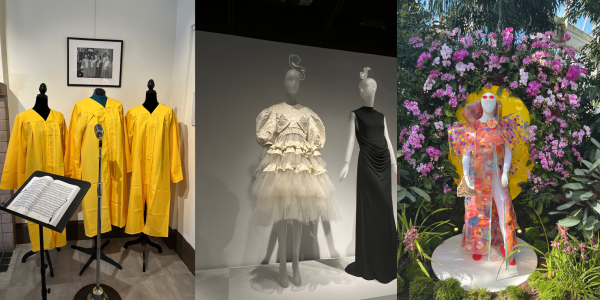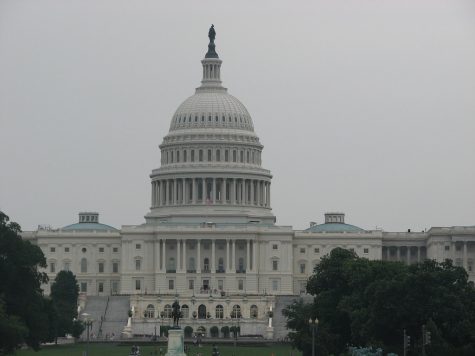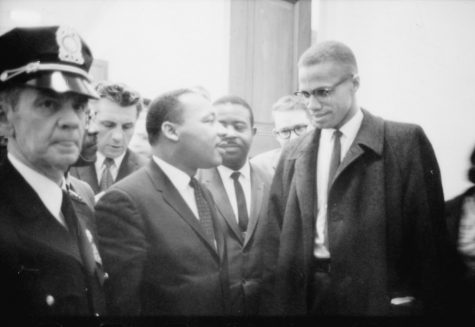The Maestro’s Corner: More than Four
The Case for Vivaldi
June 7, 2017
“Antonio Vivaldi.” “The Four Seasons.” These two names have been glued together as irreversibly as “Newton” and “gravity.” The Four Seasons is by far the most widely known of Vivaldi’s works, even to the point of commonly being used as telephone hold music – a sad fate. It often seems that The Four Seasons – especially its first movement, the beginning of spring, is the only one of Vivaldi’s works that we ever hear. The reason for this is somewhat unclear.
The Four Seasons is certainly a masterpiece. Vivaldi modeled every line in his music after a poem for each season, then published the poems as an accompaniment to the music. This was one of the earliest instances of so-called “program music,” or orchestral music with a narrative element. Each season – spring, summer, autumn, and winter – is split into three movements, fast, slow, and fast. The slower movements bear a delicate, restrained, ethereal air (3:30), while the fast movements are lyrical adventures into Vivaldi’s charmed world of bright water, sleek gondolas, and ornate architecture (17:57).
Still, it’s a pity that we only ever hear The Four Seasons, because there is so much more to Vivaldi. This composer, a Venetian who lived from 1678 to 1741, wrote more than 500 other concerti that are just as good. He also wrote around 46 operas, 90 sonatas, and generated an enormous repertoire of sacred chorale music, sinfonias, and chamber music. The man was a master of the Italian baroque style. Exquisite melodies combine in sequences of intricate counterpoint, and Vivaldi’s method of progression from one string of melodies to the next lends a haunting air of mystery and romance to many of his works. Above all, however, Vivaldi is exuberant. He made many innovations to the classical style with his works, changing the traditional melodic and rhythmic structures of his concerti, playing around with unusual tonal contrasts and even atonality (this is apparent in the audibly chilly first “Winter” movement at 32:48). Vivaldi’s adventurous attitude towards compositional structure also had a heavy influence on one of his more famous contemporaries, Johann Sebastian Bach, who especially admired Vivaldi’s concerti, transcribed several of them for different instruments, and added many elements reminiscent of Vivaldi to his chorale works.
While The Four Seasons is the embedded video in this piece, below are the links to just a few of Vivaldi’s other works, to provide a taste of his great variety:
https://www.youtube.com/watch?v=h0b8iwaG2Mc Flute Concerto in D minor op.10 no.3 (RV428)
https://www.youtube.com/watch?v=x6Hvdrf–V0 A collection of Vivaldi’s classic mandolin concerti
https://www.youtube.com/watch?v=7lJkKwleILE Some of Vivaldi’s sacred chorale music, In Gloria (RV589) “Et in terra pax hominibus”













